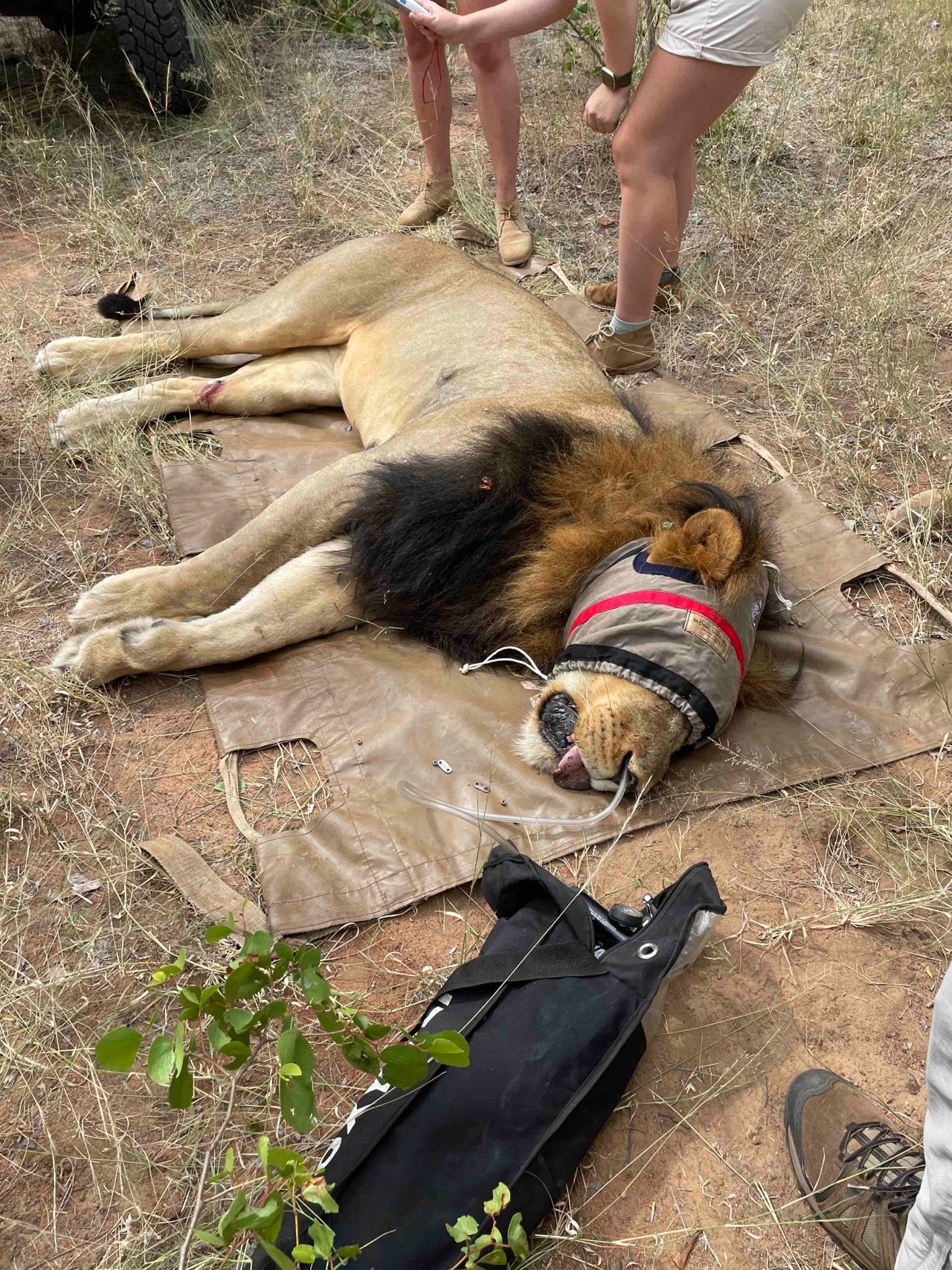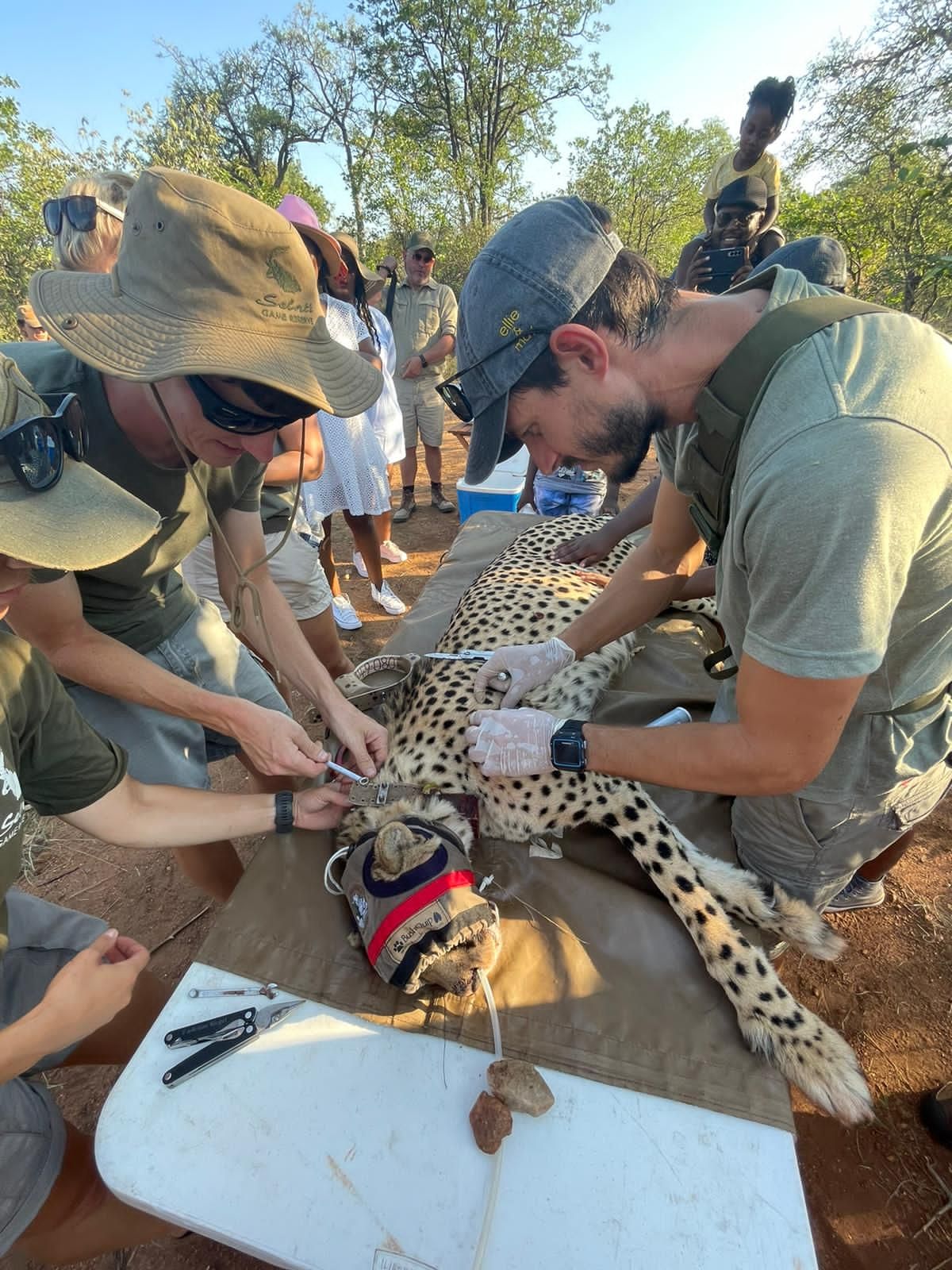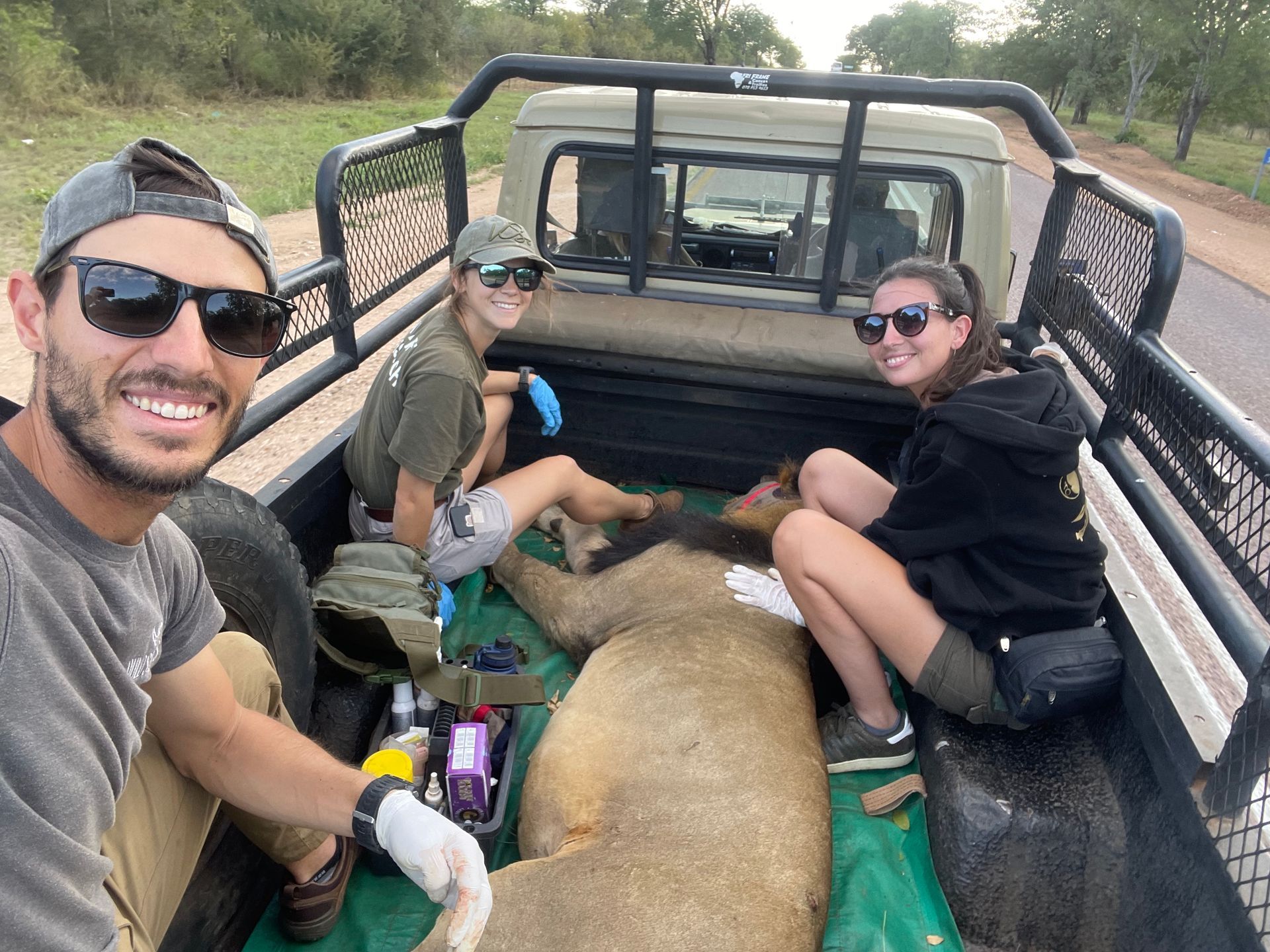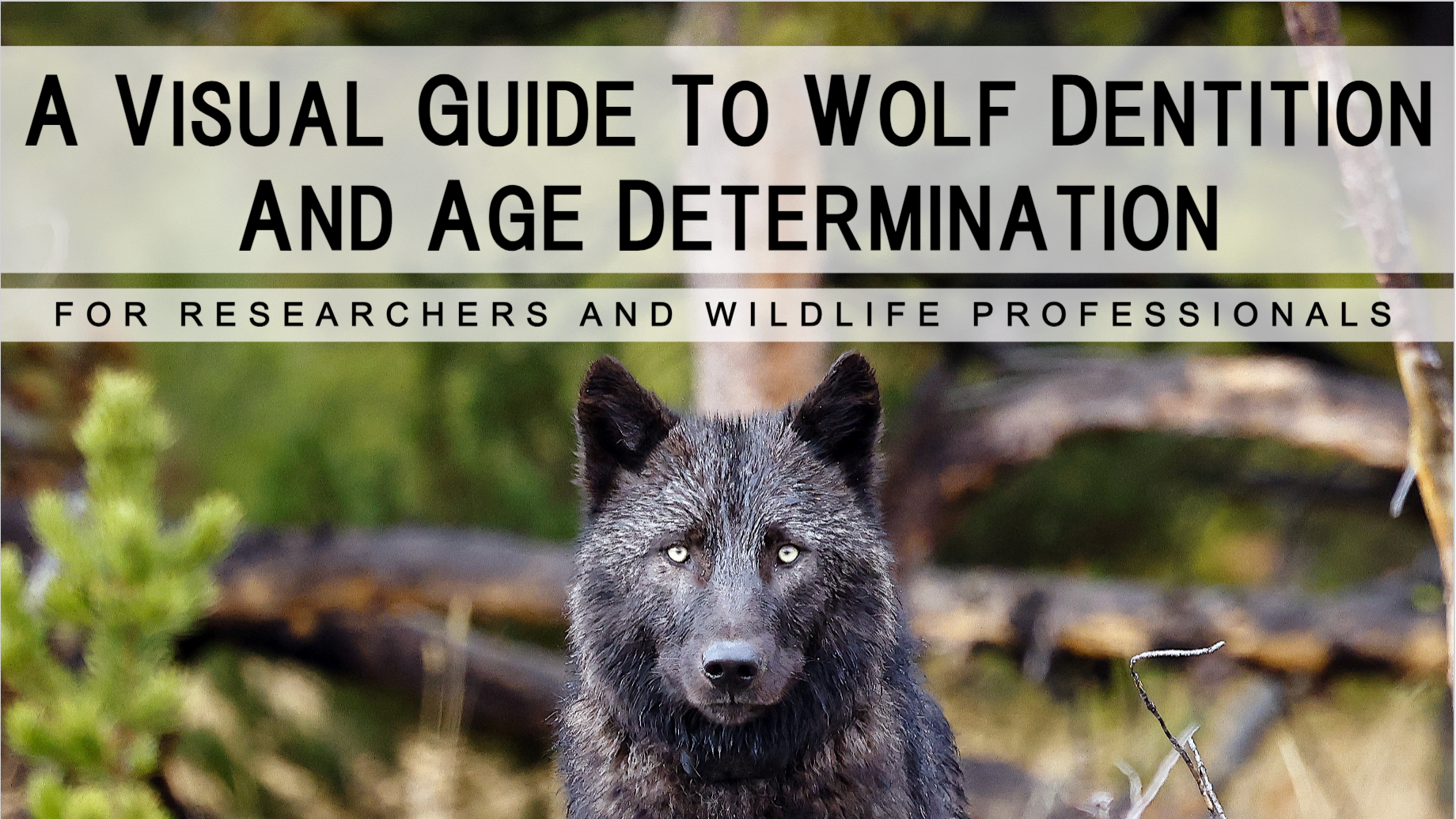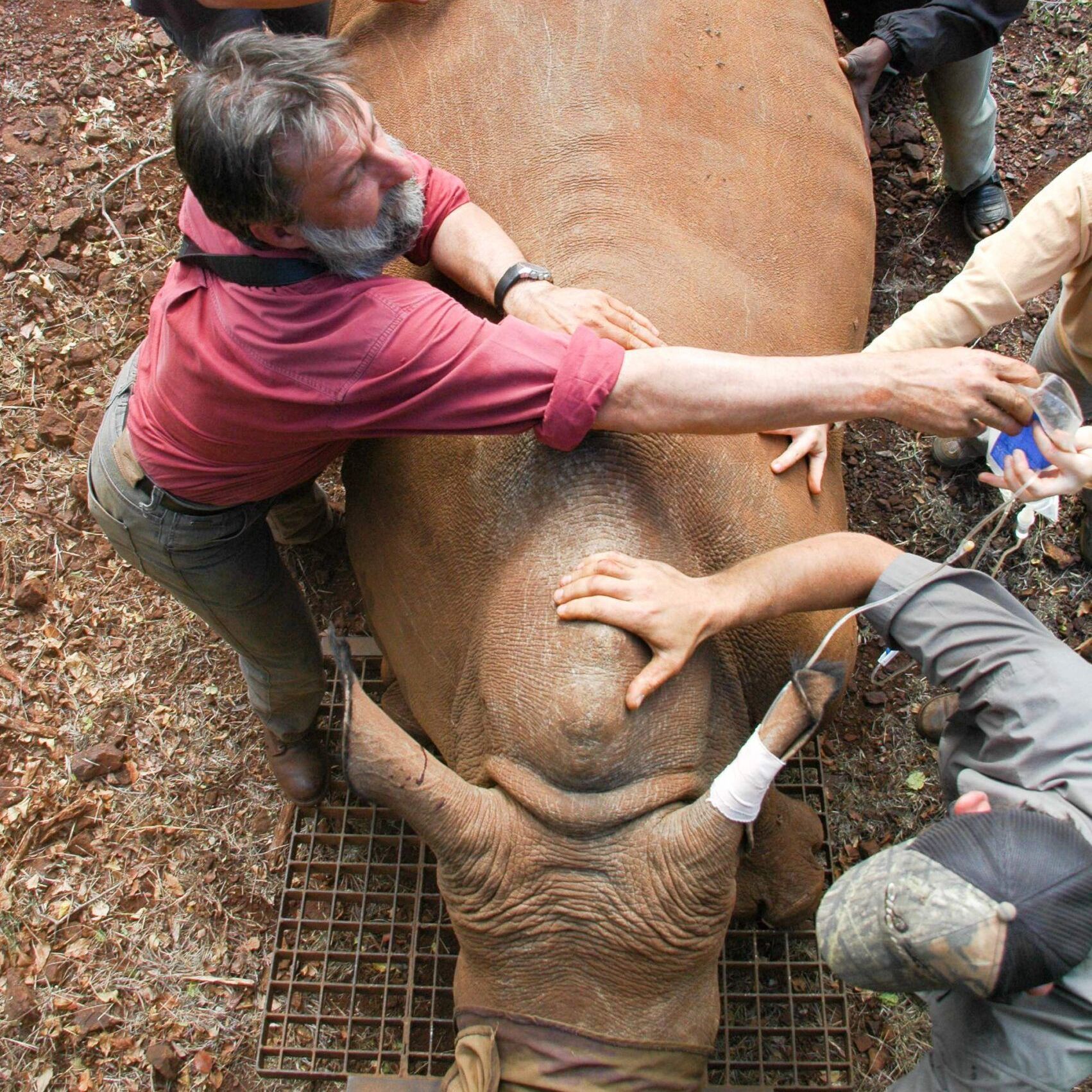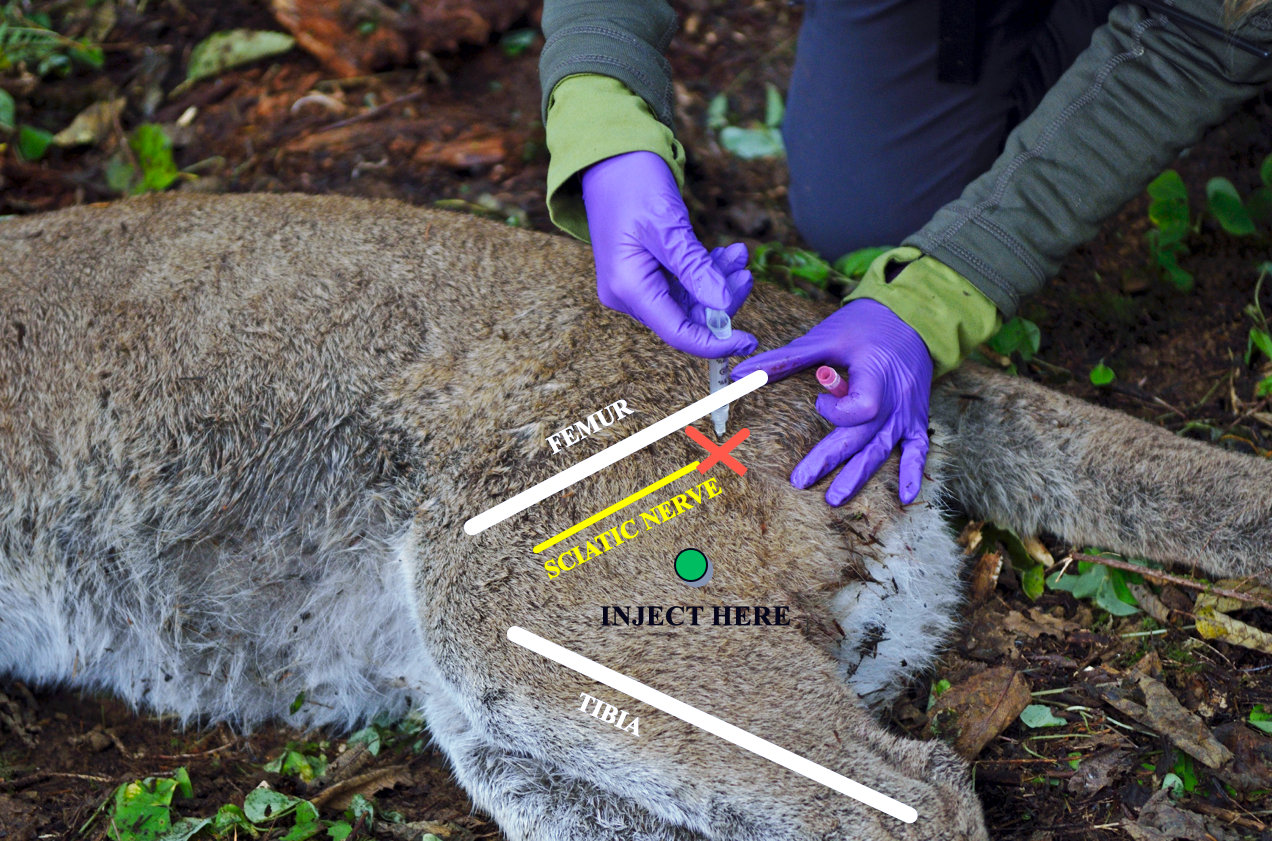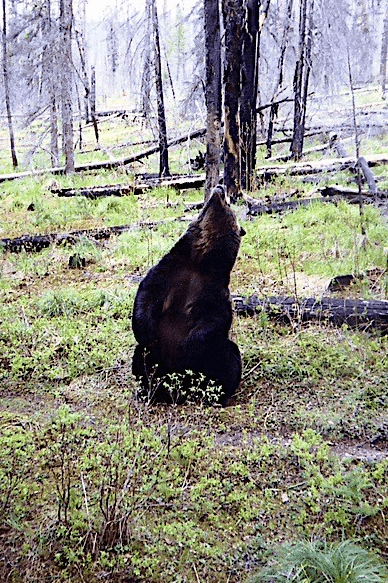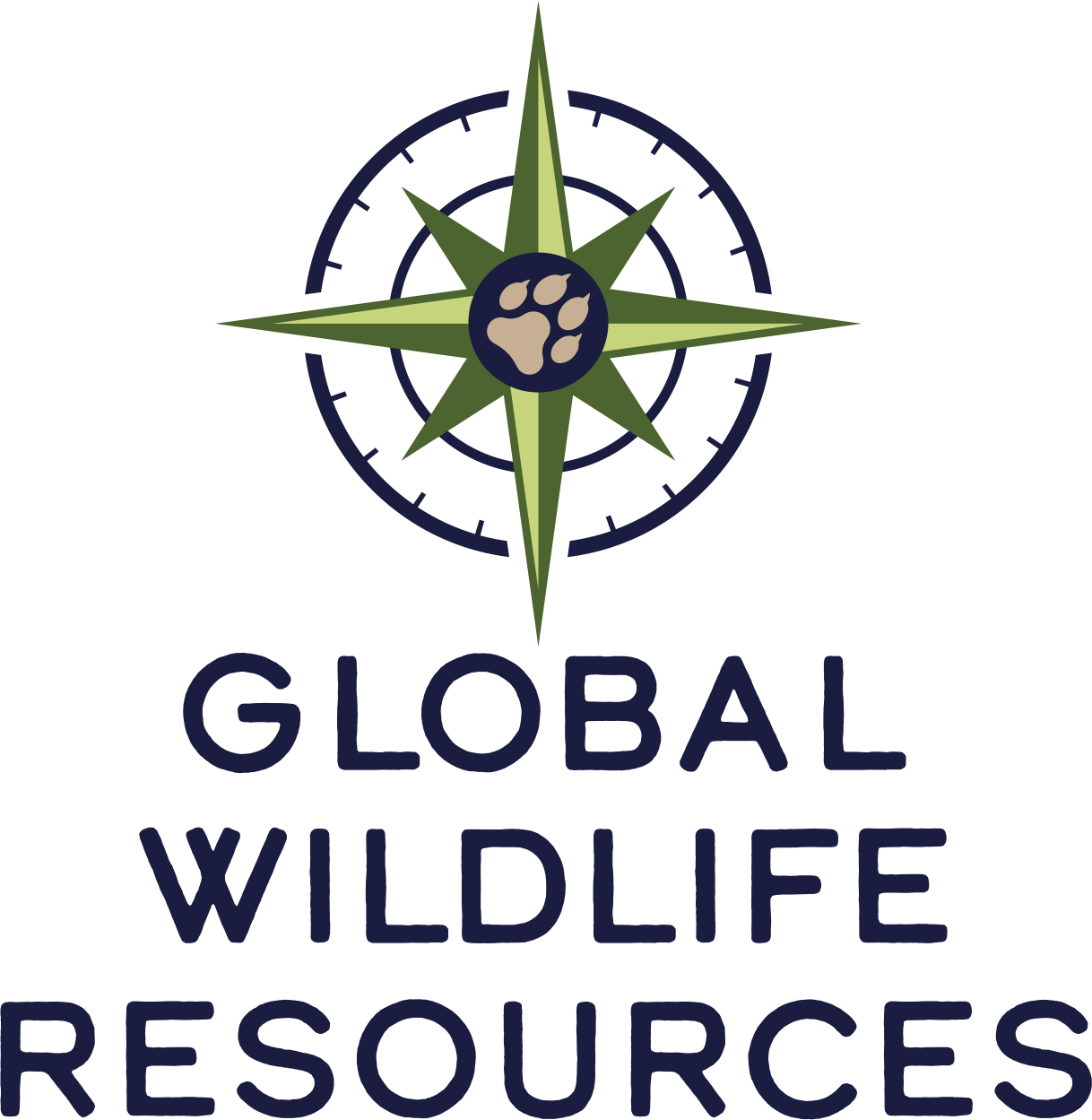The Use of the BMM Protocol in the Immobilization of African Wildlife Species
By Dr. Joel Alves of WildScapes Veterinary Services, Hoedspruit, South Africa
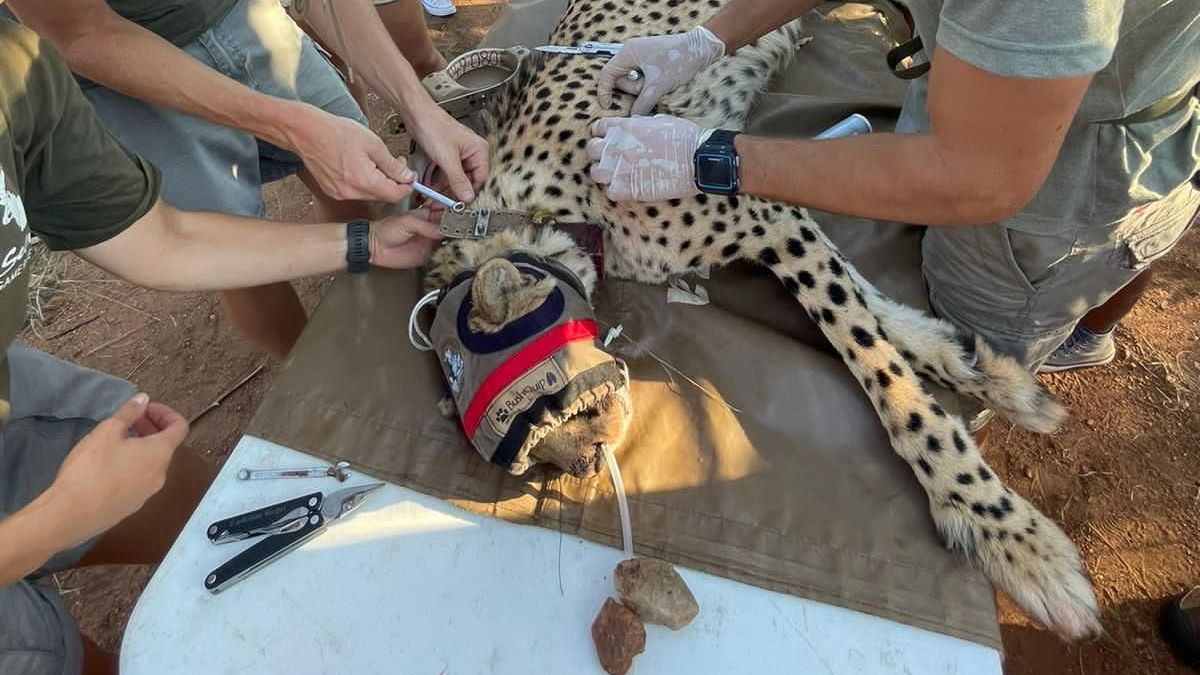
Dear colleagues, it is a pleasure to have guest author, Dr. Joel Alves of Wildscapes Veterinary and Conservation Services from Hoedspruit, South Africa present this article on the use of a new drug combination, BMM. Many American wildlife programs are looking into this new drug combination as an alternative to BAM. Dr. Mark
The Use of BMM
In the course of our work on the African continent, we are fortunate to work with a number of charismatic species and none-more-so than the ones with sharp claws and teeth. Being a young veterinarian, I only hear the phencyclidine horror stories and it is more of a mythical drug than one I would speak about as recently used.
For me, Ketamine-Medetomidine and Telazol (Zoletil in South Africa)-Medetomidine are the more commonly known and frequently used combinations for wild carnivores. More recently BAM (Butorphanol-Azaperone-Medetomidine) has gained a lot of popularity as a result of its almost entire reversibility and it is a combination that I have personally used extensively across lions, leopards, cheetahs and wild dogs.
The beauty of Bamanil (Wildlife Pharmaceuticals South Africa) is that it is a premixed vial compounded to 30mg/ml Butorphanol + 12mg/ml Azaperone + 12mg/ml Medetomidine which negates the need to mix multiple drugs from individual vials into a single dart when mixing. This is especially great for veterinarians like me, who seem to be constantly humbled when trying to dart wild dogs, resulting in many a miss and many a re-mix needing to very quickly take place. My general doses are what I have been taught by Cobus Raath and they are typically 0.1ml/10kg for any carnivore smaller than a lion. For lions I will use 0.6ml/100kg. The addition of Ketamine to this combination at 0.5-1.0mg/kg goes a long way to reducing down-times in stressful situations like darting in a cage trap or from a helicopter.
Through my use of BAM and my inevitable interest in tinkering and playing with combinations to find my sweet-spot, I was drawn to BMM (Butorphanol-Midazolam-Medetomidine). Published data from a BMM trial in lions in the Kruger National Park further piqued my interest but the greatest shortfall was the fact that we lacked access to the individual drugs in a high enough concentration to negate the use of a massive dart. The beauty that lay in BAM was that you could fit it into a 1cc dart for almost anything except a very large male lion and now with BMM, you would be looking at a 3cc dart at least.
Fortunately, Wildlife Pharmaceuticals SA is constantly looking at how they can service the industry effectively and a highly concentrated Butorphanol, Midazolam and Medetomidine solved those struggles. Since then I have used BMM across all our carnivore species across a range of capture scenarios. My typical dose range is as follows:
Butorphanol @ 0.3-0.4mg/kg
Midazolam @ 0.15-0.3mg/kg
Medetomidine @ 0.05-0.07mg/kg
My adjustments are typically made most on the Midazolam and is based on the purpose of the immobilization. I use the lower end dose for short collaring or treatment immobilisations and the higher end dose for long-term immobilisations or translocations where the residual activity provides excellent sedation. My reversal protocol is with Atipamezole (5:1 by mg) to Medetomidine and Naltrexone (1:1 by mg) to Butorphanol. In stressful capture situations, as with BAM above, I will add Ketamine at 0.5-1.0mg/kg. Take note to give 30-35 minutes at least prior to reversal if Ketamine was added to avoid rough recoveries.
The first signs of BMM induction are usually around 2-2.5 minutes, laying down around 4-6 minutes and if I am comfortable with the animals position and can safely monitor the breathing at a distance, I will typically wait 10-15 minutes before making my approach to ensure that early stimulation and spontaneous arousal is avoided which can result in supplementary drugs being required once the Medetomidine is booted off the receptors by adrenaline/epinephrine.
I have darted extremely compromised spotted hyena with serious wire snare wounds who are in shocking condition and they have been stable throughout the immobilization. It has proven incredibly safe thus far and the quality of immobilization, subjectively measured, is excellent. Without a doubt, the growing use of BMM will result in more research projects taking place and we are currently pushing for a comparative between BAM and BMM in wild dogs.
necessity for research cannot be understated as we always measure these combinations subjectively and merit is given because the animal sleeps when we expect it to, it breathes and it wakes up when we want it to. The deeper physiological effects in between those two points is not understood until we bring in the fancy machines with the pointy headed researchers and possibly get told that what we’re doing is completely wrong.
Here’s to hopefully joining the pointy heads on discovering more about BMM and ever more drug combinations of which there are likely as many as there are veterinarians.
About the Author:
Dr Joel is a wildlife veterinarian who started out his career in 2018 under the tutelage of the great Dr Cobus Raath with WildlifeVets.com. In 2020, along with his colleague Dr Ben Muller, he started a new adventure with WildScapes Veterinary & Conservation Services and looks ahead to a future of work in the world of wildlife conservation with a focus on the aspects that go beyond simply being a veterinarian.
Career highlights include collaring forest elephants in the Republic of Congo with African Parks, placing ossicone units on giraffe in Tanzania with Giraffe Conservation Foundation, working with a net-gunning team catching wildlife across the USA, being a part of the team dehorning over 400 white and black rhinos in the Greater Kruger National Park and having the privilege of thus far working in 8 African countries.
Beyond his passions for predators and pachyderms, research lies at the forefront of his interests having completed an MSc focusing on leopard immobilization and currently assisting in a comparative immobilization protocol in free ranging black rhino.
He is on the board of the Lion Management Forum of South Africa, a member of the African Lion Working Group and the IUCN Giraffe & Okapi Specialist Group
More articles for you....
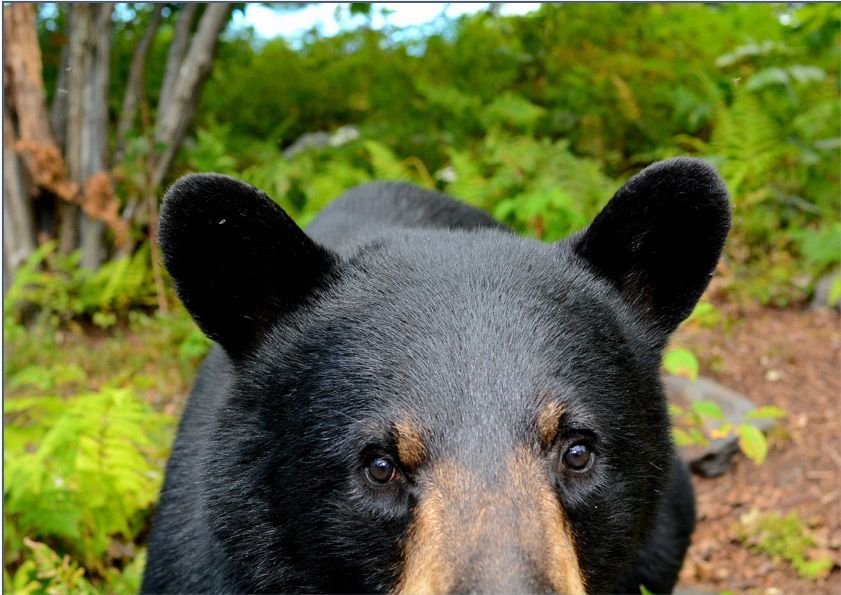
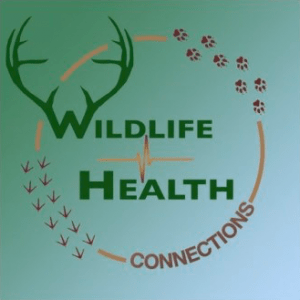

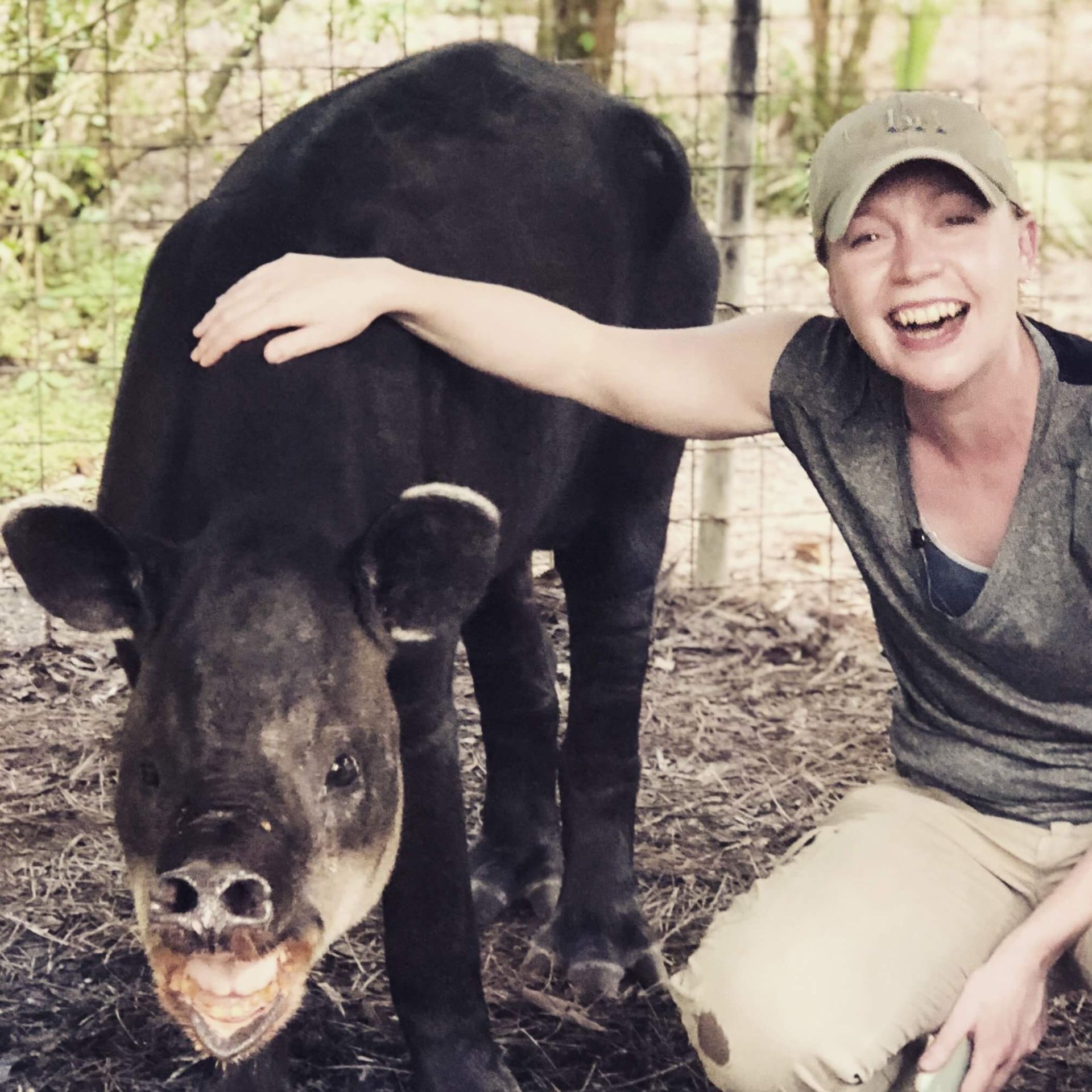
Website Designed and Hosted by Whidbey Web Design

